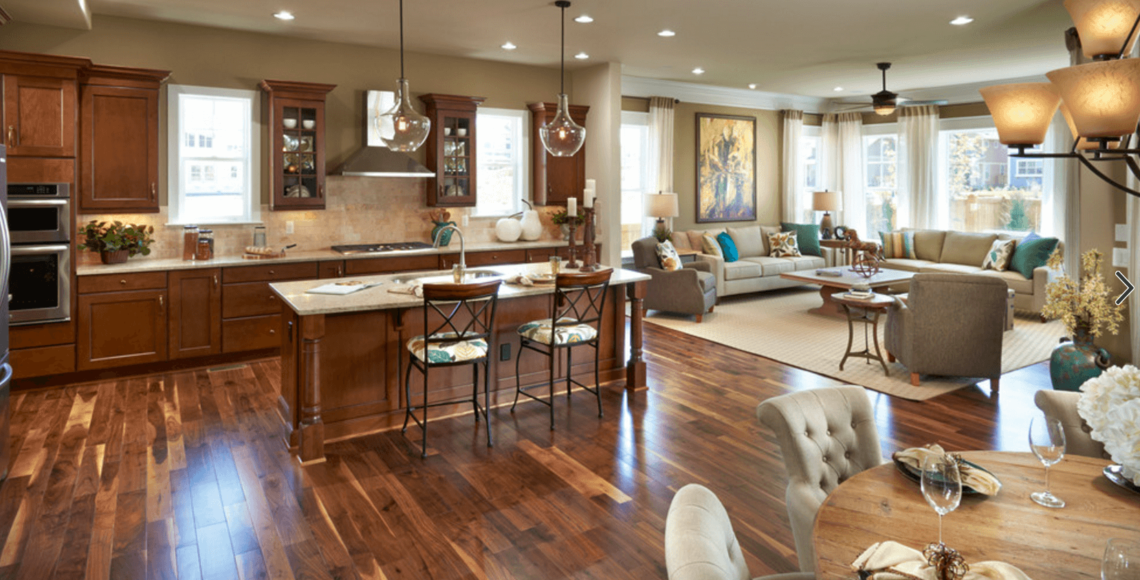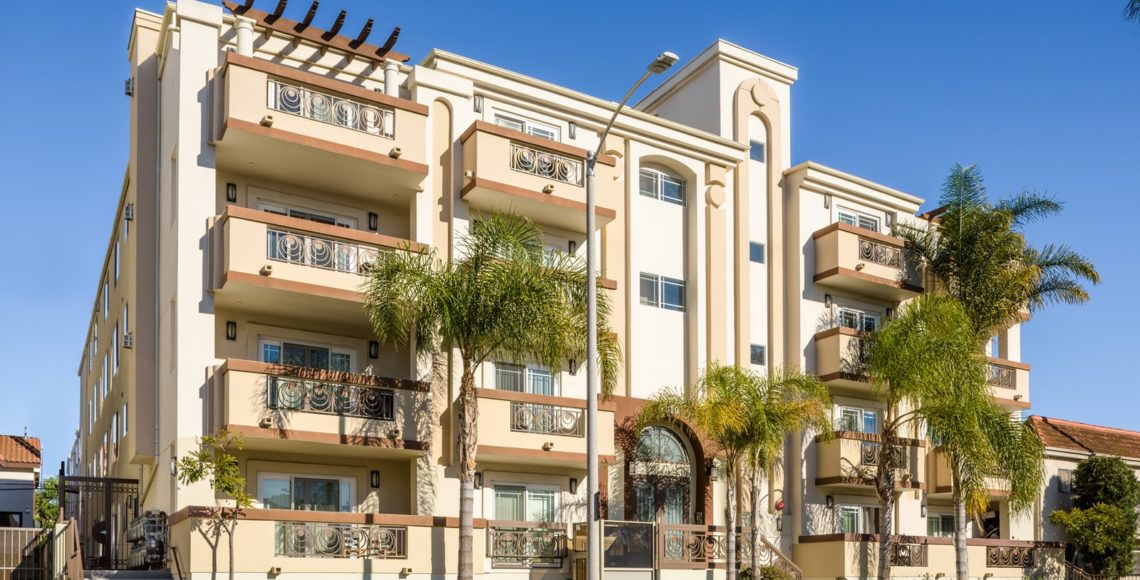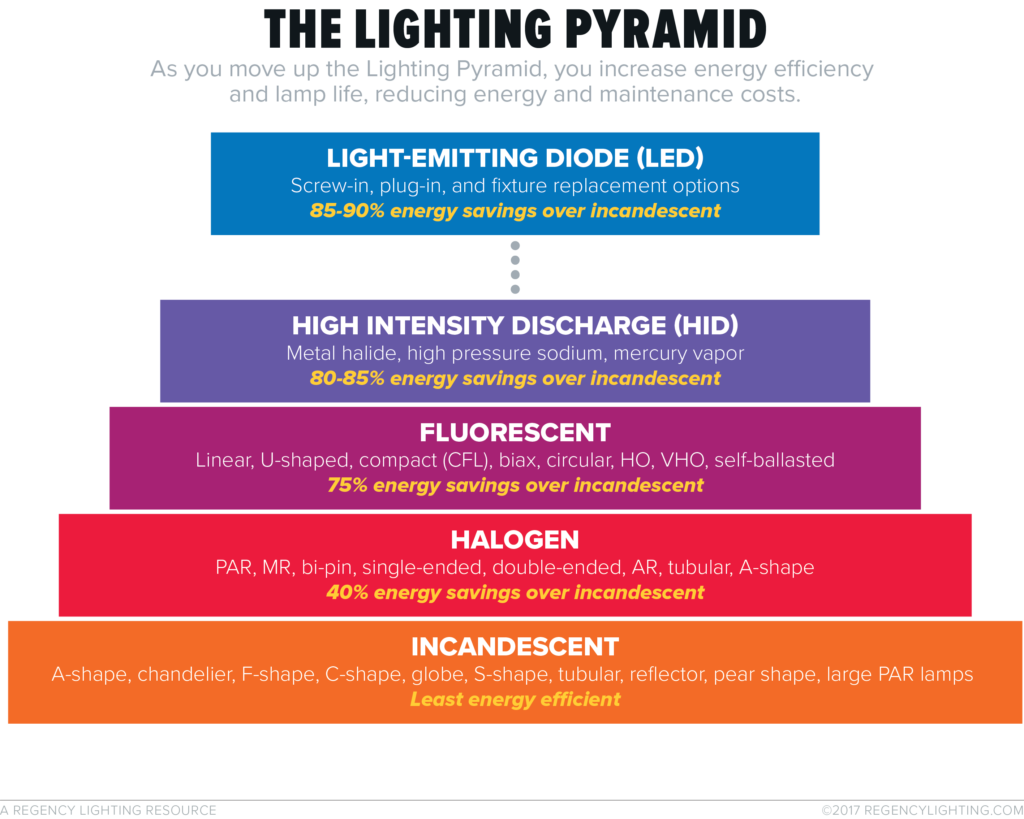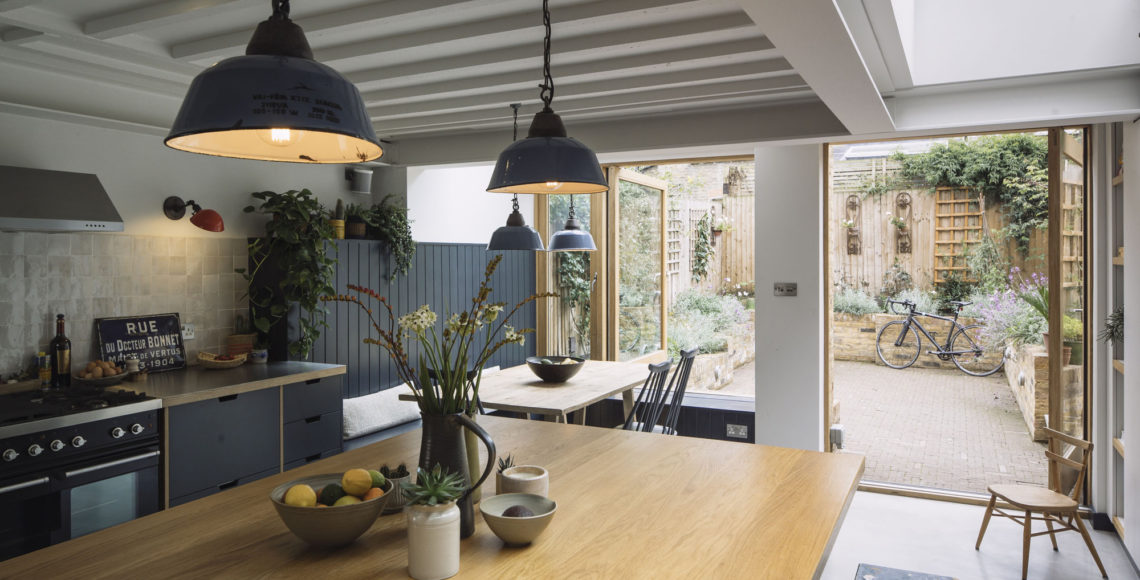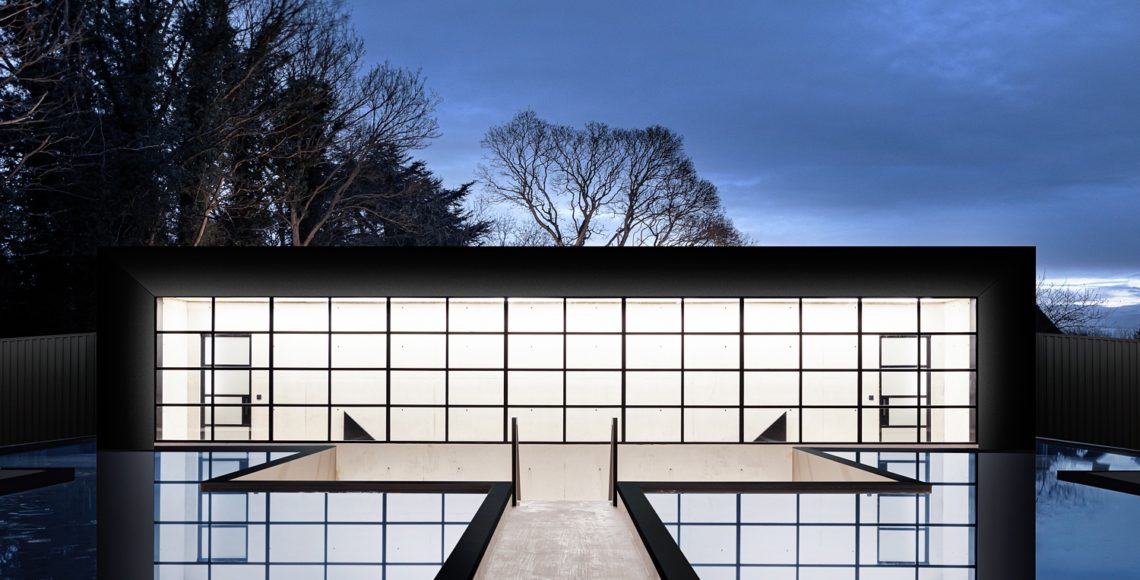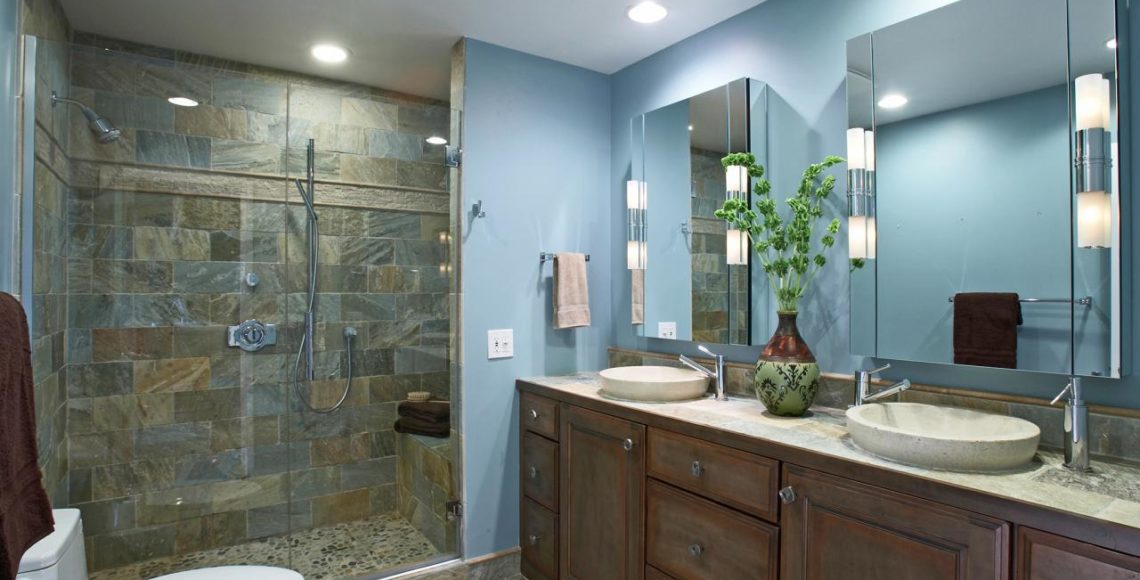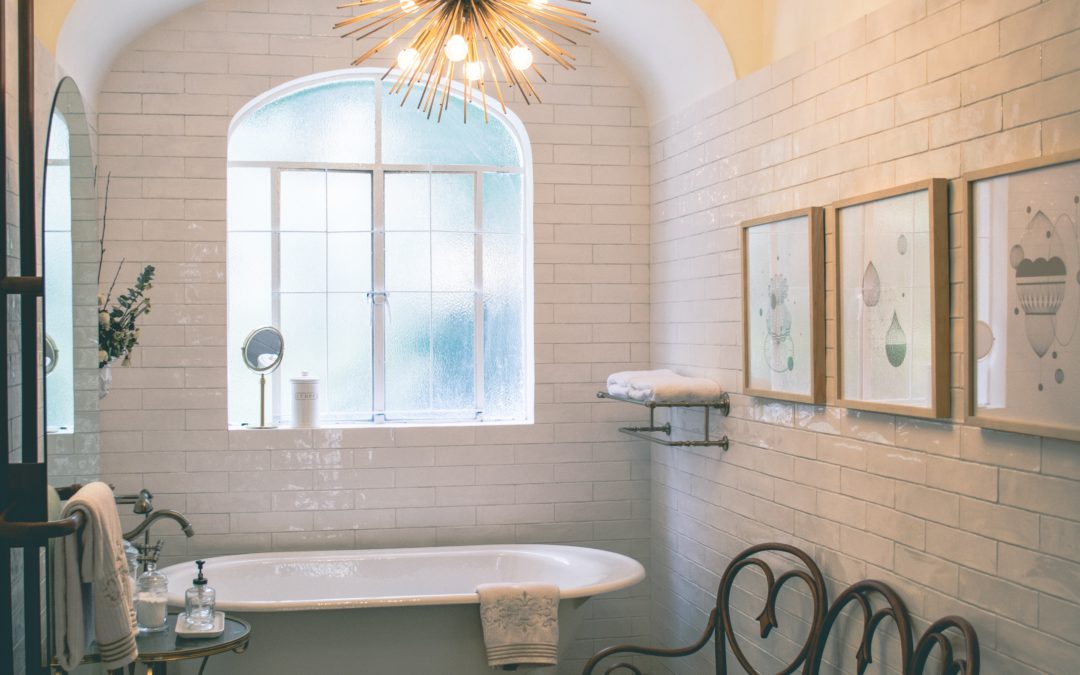Walk into a room bathed in cozy, inviting light and you’ll feel instantly at ease. Walk into the same room buzzing with harsh fluorescents, and your teeth may start to grind.
Why?
In 2019, a Journal of Consumer Psychology study found that the more intense the lighting, the more affected and intense the participants’ emotions were — both positive and negative.
The study included six experiments that examined the link between emotion and ambient brightness. Feelings of warmth increased when participants were exposed to bright light with hints of reddish hues. A sensation of angst increased when bluer light dominated.
And the brighter the light, the more intense the participants’ emotions became. Both the intensity and the color of the light affected people’s moods.
How Does This Affect Your Next Remodel?
When designing a space, lighting needs to be addressed as soon as the space itself, and how it will be used, are defined.
For example, if it’s an office space you are designing, “office lighting should encourage alertness and productivity,” said Rebecca Hadley, manager of Eaton’s SOURCE lighting education center. It also helps to “incorporate controls that allow for changes throughout the day. Ideally, you’d have the ability to adjust the intensity of your lighting with a dimmer switch.”
When lighting for a home, the purpose of each room comes into play. The kitchen, a work space, demands brighter, high CRI (color accurate) light while the living room calls for more mellow, warmer lighting.
“Our association of orange-ish light with feelings of warmth and relaxation is probably evolutionary and originates from our earliest ancestors who, for both warmth and safety from predators, made sure to light a fire at night.”
-David Hakimi, Alcon Lighting Co-Founder
The entrance of your home should welcome guests, creating a smooth transition from the bright daylight to your home’s interior lighting. At night, the lighting should ease the visitor from the dark outdoors into a warm interior light that will not overload their senses and help them relax. Before bed, lighting should be lowered to promote “winding down” but remain bright enough so that you can navigate your home safely.
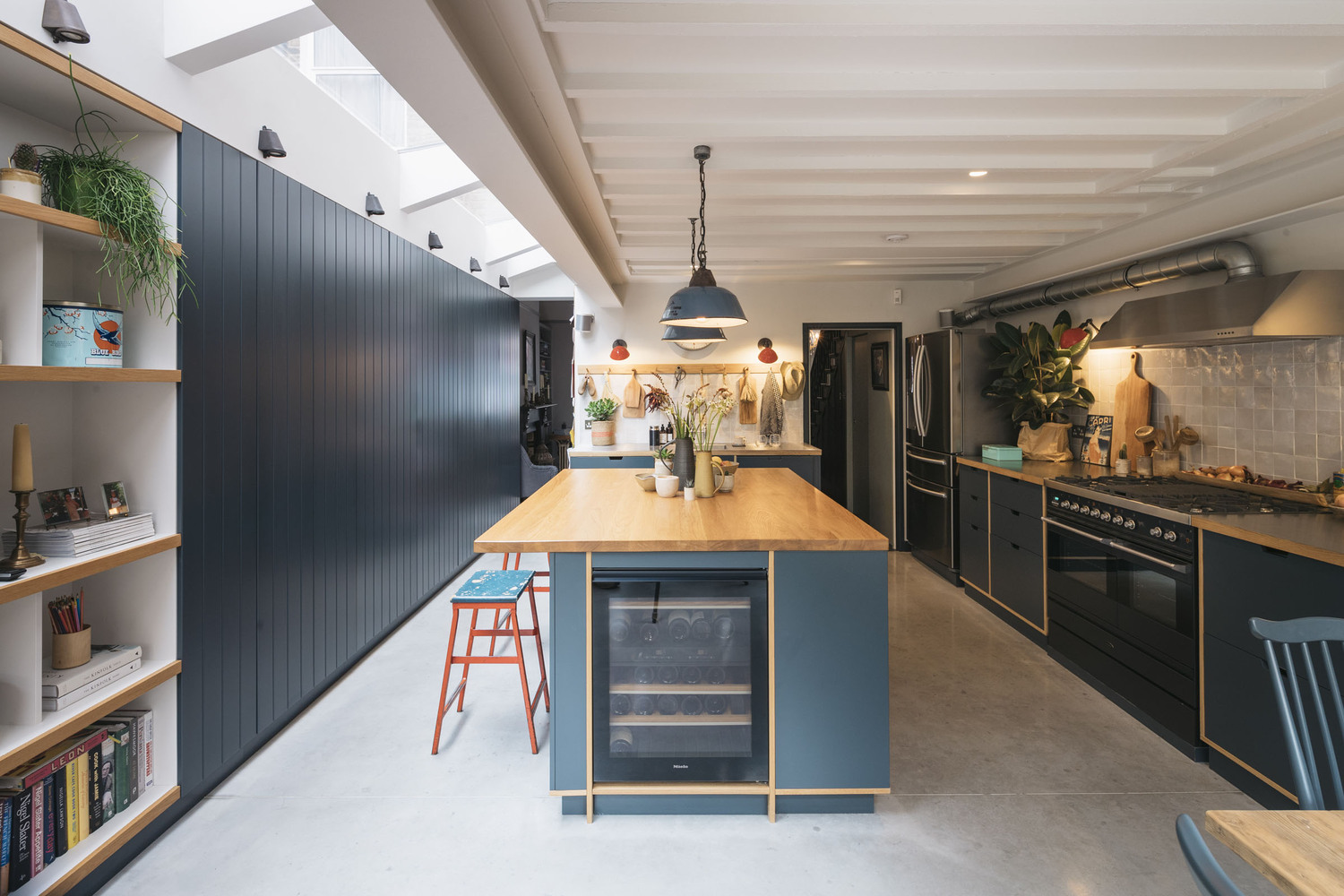
Mimicking Outdoor Lighting
Vast research documents the many benefits of incorporating natural light into our living spaces. According to Architectural Lighting Magazine, natural light — or daylighting — provides the stimulation needed to regulate human circadian rhythms, or the internal body clock. Learn more about the health benefits of natural light here.
In addition to circadian rhythms, natural light also affects our moods and can increase productivity and comfort in a workplace setting. A study by HMG titled “Daylighting Impacts on Retail Sales Performance,” found that the presence of skylights was the third-most important criterion of statistically significant factors in increasing sales volume. HMG also studied daylighting in schools and found a strong connection between schools that reported improvements in test scores — more than 10 percent — and those that reported increased natural lighting in the classroom.
Natural lighting can have a similar impact when incorporated in a home’s lighting plan. Beyond energy savings, exposure to natural light improves mood and can help make falling asleep easier. Spending your day in areas that are enhanced by natural light can improve the function of your circadian rhythm, which can increase your happiness and energy levels. Exposing yourself to too much blue light from electronics in the evening is directly associated with the opposite effect, which you can read more about here.
Eaton’s Hadley said industry research suggests indoor light (during the day) should mimic the color of light we experience outside by seeking similar gradations over time: “…cool light in the morning, to white light at midday, to warm light in the evening.”
Of course, the most important factor in lighting your home is what you yourself prefer. But Alcon Lighting’s David Hakimi recommends one key step everyone can take to create a calm, pleasing environment that mimics outdoor lighting:
“At night, use lights that feature warmer color temperatures – those that fall in the 2,700 to 3,000 Kelvin range. Also, use a dimmer to lower the intensity of light as the night progresses. Lowering lighting actually helps reduce blood pressure and encourages people to relax. So dimmer lights in the bedroom — and reduce use of electronics.”
Flexibility is Key
Flexibility is one natural benefit of smart lighting design. New advancements in lighting controls have made lighting for mood easier than ever.
Newer LEDs with integrated controls and the ability to dim to warmer color temperatures are becoming popular in the hospitality industry because of their ability to affect the customer experience. “Warmer light and lower light levels have been shown to slow heart rate and create a relaxing state,” Hadley explained. “As a result, customers might be inspired to enjoy appetizers and cocktails rather than rushing through to the main course.” Conversely, some restaurants might put brighter light in an area where they want to turn tables quickly.
Color Plays a Role, Too — but it’s Easier to Adjust Lights.
Color is the most important aspect in lighting and mood.
However, Alcon’s Hakimi notes that It’s much easier to adjust lighting than to paint walls. In fact, you can change the color of your room just by brightening or dimming it.
The Most Important Design Element
With the ability to largely affect the mood of a room, lighting is the most important element to consider when designing a space.
In addition to altering the mood of the occupants in a room, lighting can transform the room in shape and size. In a den that is particularly small, painting the walls a light color and having extra lighting reflecting off the walls will help the room appear larger. Recessed lighting can add a soft glow to a room without protruding into the space, which can also help the room appear larger.
With its versatility in brightness levels and light colors, designers continue to turn to LED lighting. Advances in LED technology have led to several new fixtures, including LED skylights that imitate the look of a window and the sky. These “skylights” shed light that is the same temperature as natural light — offering an open, airy feeling and helping the room’s occupants to feel a more positive vibe.
With continued research and innovation in lighting, homeowners and designers have many options when it comes to selecting the right lighting to set the right mood for their space.

